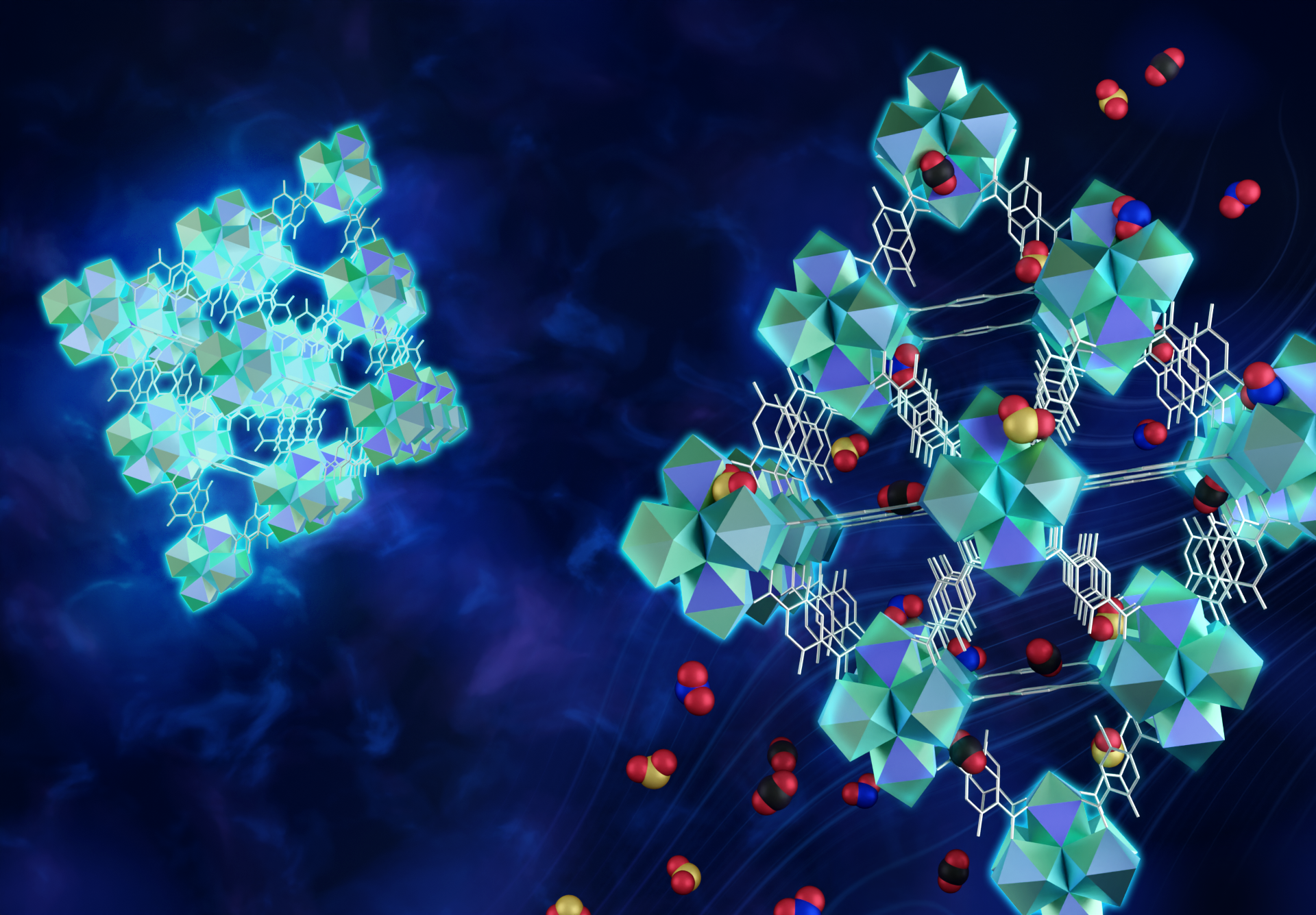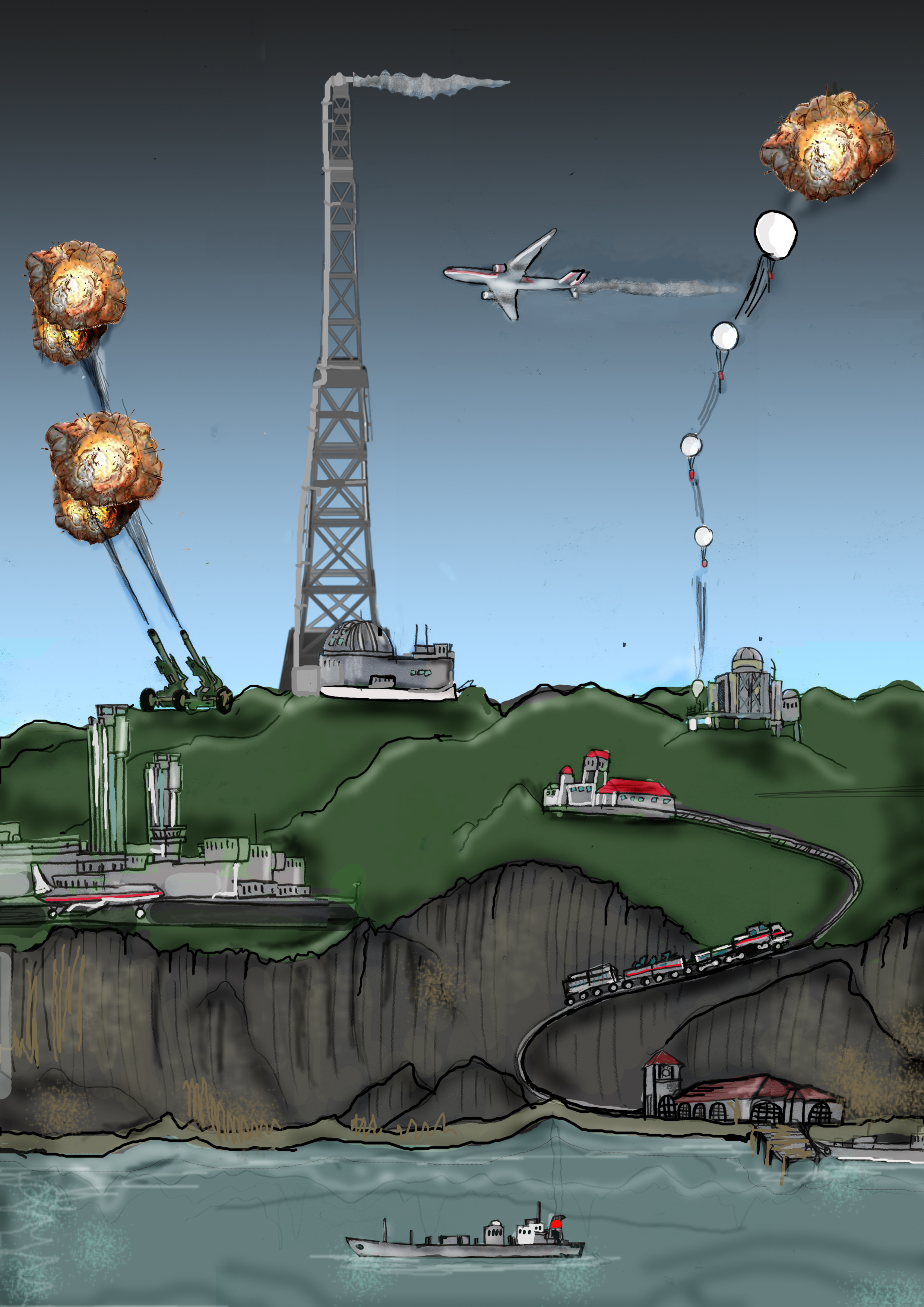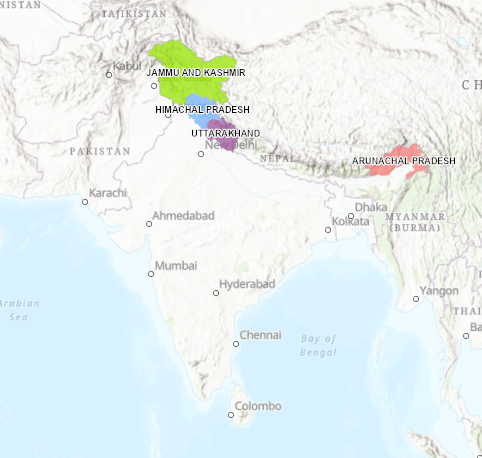A new study identified the reduction of ammonia emissions as a cost-effective measure to reduce concentrations of fine particulate matter concentrations in the atmosphere.
Tag: sulfur dioxide
New from JWST: An Exoplanet Atmosphere as Never Seen Before
New observations of WASP-39 b reveal a never-before-seen molecule in the atmosphere of a planet — sulfur dioxide — among other details.

Scientists build microporous MOF traps for mitigating toxic gases
Researchers from Sandia, ORNL, and the University of Tennessee, Knoxville used neutron scattering and additional experimental techniques to study a series of materials called metal organic frameworks (MOFs) made from the entire list of rare earth elements. The researchers established a comprehensive approach to evaluating large numbers of MOFs and also made an important discovery about a defect that can be useful in building technologies to mitigate toxic gases such as nitrogen and sulfur dioxides.

Geoengineering is Just a Partial Solution to Fight Climate Change
Could we create massive sulfuric acid clouds that limit global warming and help meet the 2015 Paris international climate goals, while reducing unintended impacts? Yes, in theory, according to a Rutgers co-authored study in the journal Earth System Dynamics. Spraying sulfur dioxide into the upper atmosphere at different locations, to form sulfuric acid clouds that block some solar radiation, could be adjusted every year to keep global warming at levels set in the Paris goals. Such technology is known as geoengineering or climate intervention.

Geoengineering’s Benefits Limited for Apple Crops in India
Geoengineering – spraying sulfur dioxide into the atmosphere to combat global warming – would only temporarily and partially benefit apple production in northern India, according to a Rutgers co-authored study. But abruptly ending geoengineering might lead to total crop failure faster than if geoengineering were not done, according to the study – believed to be the first of its kind – in the journal Climatic Change.